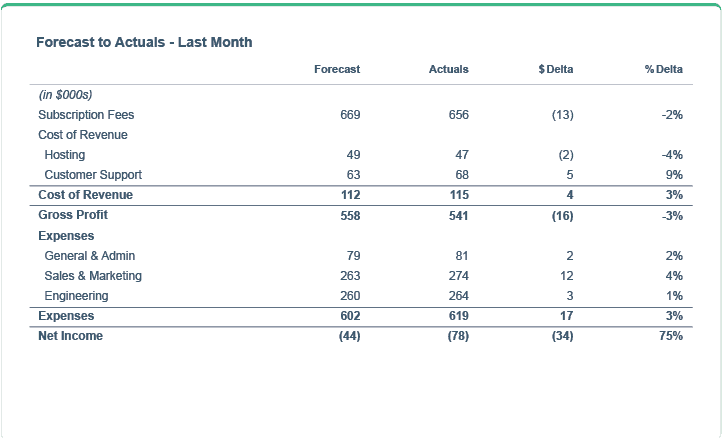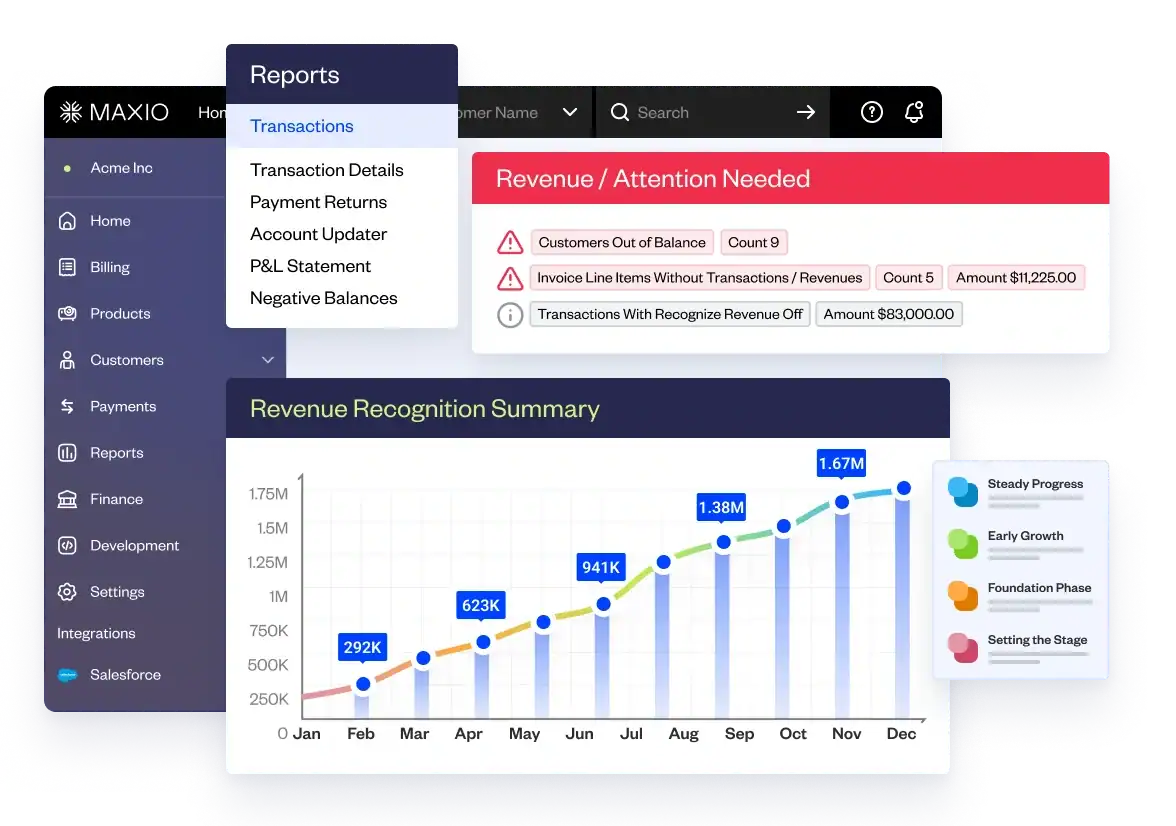While running Flightpath Finance over the years, we have seen how a number of SaaS companies ranging from $1 to $15MM ARR forecast their financials. In this post, we will share our insights, focusing on tactics that will make your SaaS financial model more operationally focused and therefore more useful in supporting SaaS CEOs and co-founders in their decision-making.
Of the companies we see, the less successful companies often update their financial model only for fundraising purposes. At best, they track their performance against a stale budget from the previous year. These companies treat modeling as a necessary evil and aren’t well-equipped to use forecasting as a tool in their decision making.

Successful SaaS companies, on the other hand, run things differently. These CEOs and founders use their financial model as an operational tool to make critical business decisions. As a handy byproduct, they get the reporting they need to share with the team or the board. We like to call this Operational Forecasting.
Are there actionable takeaways behind the numbers?
When looking at their financial model, a CEO or co-founder who owns forecasting is constantly asking themselves, ‘So what?’ As in, what are the actionable takeaways behind the numbers?
They also ask questions like:
- What’s driving our revenue growth now?
- What needs to happen to hit $10MM ARR in 12 months’ time?
- How many people do we need to hire to sustain our growth targets?
- How many people do we need in Sales, Support, Engineering or elsewhere?
- Where do we accelerate hiring and where we have a robust team in place already?
- How much capital do we need to get there? How do we obtain that capital?
- Annual plans from customers?
- Investor funding?
- A line of credit?
- All the above?
To get answers to these questions and uncover deeper insights, you’ll eventually need a full-blown financial model with different drivers for short-term and long-term growth. However, you can start with something far more simple—a monthly performance review.
Updating your financial model is a monthly discipline
Too many startups we see operate on a basis of “this is what we think happened,” without actually grounding things in reality. That is, they don’t pull data from their accounting, billing systems, or analytics to inform their financial model. By creating a company’s future as you see it, and comparing it to numbers based in reality, you’re better able to validate your assumptions and pinpoint any gaps in your thinking.
In practice, this means that every SaaS company should have the discipline to update its financial model on a monthly basis and iterate on the forecast as new information comes in.
Comparing your forecast to actuals
For example, say that a company’s initial forecast indicates that revenue grows 100% year-over-year and reaches profitability in 12 months. Next month, the company realizes they only grew 4% (or 2% less than the 6% m/m required to be on track to double their growth). What’s more, their costs increased more than their projections, meaning that they are off track already.

Taking a closer look, we might find out that the missed revenue forecast was due to an overly optimistic churn forecast, while the increased burn was because of scheduled raises and marketing expenses they might have forgotten to include in their initial forecast. Therefore, they need to iterate on the forecast. The new growth forecast might be just 80% y/y, but profitability is still within reach, since some hires can be pushed back with a lower growth target.
Iterating on the forecast does not mean moving goalposts
Now, there’s nothing wrong with keeping the initial 100% growth as your team-wide target in this scenario. You don’t want to constantly move the goalpost, especially as you communicate to your team. But you should keep these two possible futures as separate scenarios. Looking at the target scenario side-by-side to the one grounded in actual performance will let management better understand what needs to change in order to meet their target.

Monthly review doesn’t limit you to only look backward
Now, if you only look at past performance when trying to predict the future, you’re merely reacting to things that have already happened. An outlook can rapidly change in the world of startups, and nothing in the past can tell you exactly what’s going to happen in the next 6 to 12 months.
With that said, keep in mind that a monthly performance review doesn’t limit you to only look backward. Instead, the purpose of a monthly review is to establish the discipline to work on your forecast as new information comes in. Here are a couple of forward-looking examples of material changes to your company’s outlook:
- A huge customer is going to churn in four months – update the forecast.
- Sales is on track to beat the monthly quota – update the forecast.
- Your company needs to move to a larger office when your team grows to 20 people – update the … you get the idea.
Takeaway
Operational Forecasting requires the monthly discipline of updating your financial model and comparing what you thought was going to happen vs. what actually happened. As a result, your forecast becomes continuous as you iterate and improve it each month, and it will enable you to quickly see when you should accelerate or pump the brakes.
Jaakko Piipponen is the founder of Flightpath Finance – a SaaS financial modeling software company with a focus on Operational Forecasting. Jaakko’s background is in tech startups, and it was during his previous company when he realized how other founders need access to better forecasting tools in order to make more informed decisions about their businesses.






